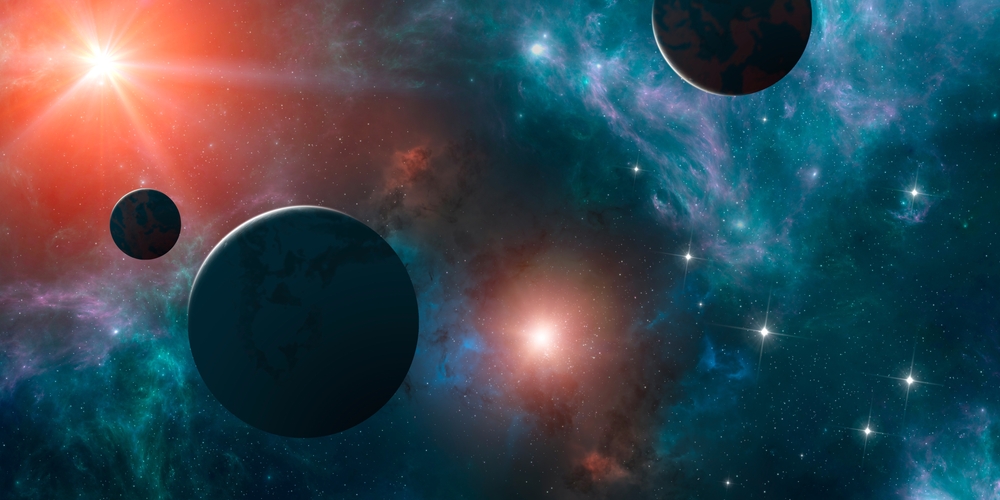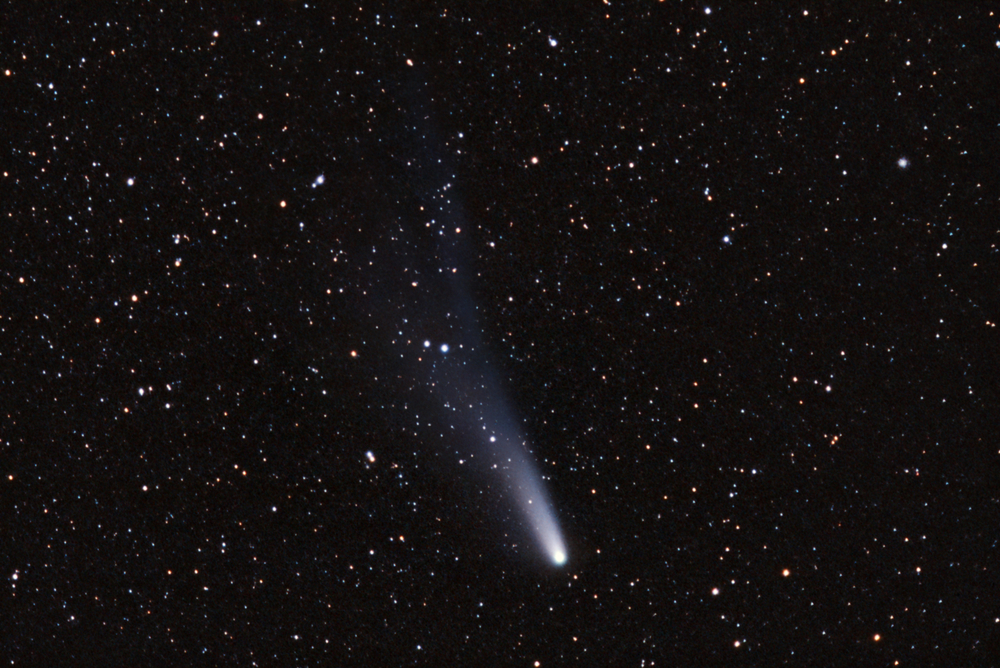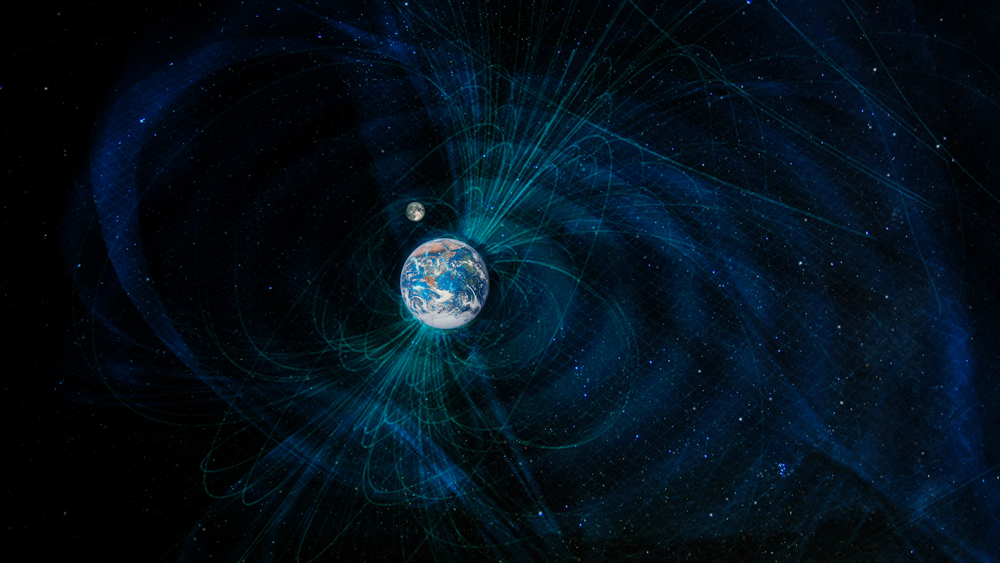The world’s largest digital camera has released its first images of the universe – and they are stunning!

What if the universe had a memory? What if every flicker of starlight, every silent spiral of a distant galaxy, every comet brushing past Earth’s neighborhood could be captured—not once, but again and again, like a heartbeat recorded over time? That’s not a metaphor. That’s what’s happening right now, high in the Chilean Andes, where the Vera C. Rubin Observatory has opened its eye to the sky—and in doing so, opened a new chapter in our collective story.
We’ve entered a moment where technology, curiosity, and human collaboration have converged to give us not just a clearer view of the cosmos, but a living, breathing map of its motion. With the largest digital camera ever built and a telescope designed to revisit the entire Southern sky every few nights, Rubin isn’t just snapping photos—it’s building a time-lapse of the universe in motion. This isn’t science fiction. It’s science fact. And it’s happening now.

A New Eye on the Cosmos — The Rubin Observatory Takes Its First Glimpse
There are moments in human history when we collectively look up—and everything changes. One such moment just unfolded high in the Chilean Andes, where the Vera C. Rubin Observatory released its first images of the universe, captured using the largest digital camera ever built. In just over ten hours of test observations, this engineering marvel recorded millions of galaxies, thousands of asteroids, and a canvas of cosmic detail that’s as scientifically valuable as it is visually breathtaking.
What makes this moment revolutionary isn’t just the clarity of the images or the size of the telescope—it’s the scale of ambition behind it. Supported by the National Science Foundation and the U.S. Department of Energy, Rubin Observatory isn’t merely taking snapshots of the sky. It’s initiating a decade-long mission to map the entire Southern Hemisphere in motion. Every few nights, it will scan the skies again, capturing a live, evolving time-lapse of the universe, uncovering everything from exploding stars to fast-moving asteroids and elusive interstellar visitors.
And this isn’t speculation—it’s already begun. The test run alone detected over 2,000 never-before-seen asteroids, including seven near-Earth objects. To put that in context: most observatories worldwide discover about 20,000 asteroids per year. Rubin is on track to discover millions within just two years.
But perhaps most impressive of all is the collaborative effort that made this possible. As Michael Kratsios, former White House Office of Science and Technology Policy director, put it: “The Rubin Observatory is an investment in our future.” This is what happens when nations back science—not as an afterthought, but as a priority. When engineers, astronomers, and visionaries come together, we don’t just see more stars—we see farther into the truth of our existence.

Peering into the Invisible — The Quest to Understand Dark Matter and Dark Energy
The Vera C. Rubin Observatory is not just capturing beauty—it’s pursuing the unknown. At the heart of its decade-long mission is an audacious goal: to unravel the secrets of dark matter and dark energy, two forces that together make up roughly 95% of the universe, yet remain largely unexplained. This isn’t about distant theory—it’s about understanding the invisible scaffolding of reality. Dark matter, first evidenced by astronomer Vera Rubin herself, reveals its presence not by light but by its gravitational pull. It’s what holds galaxies together. Without it, the cosmos as we know it would fly apart. Dark energy, on the other hand, seems to be pushing the universe apart at an accelerating pace. It’s the reason galaxies are speeding away from each other faster than ever before. And yet, we don’t know what it is. Rubin Observatory exists to change that.
Every night, Rubin will capture the Southern sky with unmatched frequency and depth, scanning for tiny shifts in light and position that might hint at the nature of these forces. Over time, it will collect data on billions of galaxies—measuring how they cluster, how they move, and how their light bends through space. These patterns will help scientists probe the structure and expansion of the universe itself. Through this lens, the dark becomes a little less mysterious. The data Rubin will provide is expected to be greater in its first year than all previous optical astronomical data combined—fueling not just speculation, but testable, transformative theories.
What makes this even more powerful is Rubin’s ability to reveal change. Unlike traditional observatories that take still images, Rubin is dynamic. It will return to each portion of the sky every few nights, capturing a living record of cosmic motion. This is vital in the hunt for dark energy. By watching how the universe evolves, how galaxies accelerate apart, and how ancient light shifts through time, scientists can gather the clues needed to piece together the dark puzzle that surrounds us. This real-time tracking turns theory into evidence—and mystery into measurable phenomena.
It’s a profound shift: the idea that we might soon begin to name and understand the forces that govern nearly everything, yet remain entirely invisible. The Rubin Observatory isn’t just looking deeper into space—it’s peering into the unseen architecture of existence itself. And in doing so, it’s continuing the legacy of Vera Rubin, a woman who once stared into the void and dared to say, “There’s more out there.” Now, with this observatory bearing her name, humanity has the tools to find out exactly what that “more” is.

A Living Map of the Sky — Charting Motion, Discovery, and Planetary Defense
Beyond its grand cosmic ambitions, the Rubin Observatory is also a tireless sentinel—tracking motion across the night sky with a precision that could reshape how we view our own solar neighborhood. Unlike static snapshots taken by most telescopes, Rubin will create a dynamic, ultra-high-resolution time-lapse of the universe. Every night, it will capture nearly 1,000 wide-angle images, effectively covering the entire Southern Hemisphere sky every three to four nights. Over the course of ten years, this will generate a cinematic record of celestial activity: exploding stars, drifting comets, flickering variables, and even fast-moving asteroids skimming through the dark. With each return to a familiar patch of sky, the observatory builds a story of change, motion, and emergence—making it one of the most ambitious real-time observation projects in human history.
Already in its brief test run, Rubin Observatory detected more than 2,000 previously unseen asteroids, including seven classified as near-Earth—but not dangerous. For comparison, traditional observatories around the world discover about 20,000 asteroids per year. Rubin is poised to eclipse that annual total many times over, with projections suggesting it could uncover millions within its first few years alone. This unprecedented capacity makes it not only a cosmic explorer but a critical tool for planetary defense. The more we know about near-Earth objects—where they are, how fast they move, what paths they take—the more we can prepare for any that might pose a threat in the future. For the first time, we will have a near-complete map of the small bodies in our solar system, something that could help protect our planet in ways that were previously impossible.
But planetary protection is only one part of this telescope’s transformative vision. Rubin’s repeated scans also allow it to capture rare or brief events that other telescopes often miss—supernovae that flash and fade in days, or mysterious objects that drift between stars. It will even help track elusive interstellar visitors, like the cigar-shaped ‘Oumuamua that passed through our solar system in 2017 and left scientists guessing about its origins. Rubin gives us the ability to observe such anomalies in real time, opening new doors to understanding where they come from and what they’re made of. Every orbit traced, every burst of light captured, becomes a data point in a larger pattern—one that tells us not just where we are, but what’s changing around us.
In effect, the Rubin Observatory will become the universe’s diary, chronicling its nightly changes with a consistency and scope never before achieved. Whether it’s a comet emerging from the cold edge of the solar system or a distant galaxy subtly pulsing with light, Rubin is watching. And through that watchfulness, we gain a deeper connection to the rhythms of the cosmos—not as passive observers, but as participants in a living, breathing map of the sky.

The Power Behind the Lens — Engineering a Technological Masterpiece
What makes the Vera C. Rubin Observatory’s mission possible isn’t just vision—it’s an extraordinary feat of engineering that has pushed the limits of what technology can do. At its core lies the LSST Camera, the largest digital camera ever built, weighing in at nearly 6,200 pounds and roughly the size of a small car. Developed over two decades by teams at the SLAC National Accelerator Laboratory and partner institutions, this camera captures images with such extreme resolution that each frame can cover an area of sky equivalent to 45 full moons. Every image contains an astonishing level of detail—revealing subtle textures in galaxies, faint movements of distant stars, and even the glimmer of asteroids that would otherwise go unnoticed. This isn’t just a camera—it’s a portal to the intricate fabric of the cosmos.
Sitting atop Cerro Pachón in the Chilean Andes, the Rubin Observatory combines this massive camera with an 8.4-meter telescope, one of the largest optical telescopes on Earth. Together, they form a system built not only for depth but for speed—able to scan large portions of the sky in rapid succession, night after night. The observatory’s design also includes an advanced data processing pipeline that can handle an avalanche of information. Each night, Rubin will generate around 20 terabytes of raw data, with a projected 500 petabytes to be collected over the course of the survey. To put that in perspective, that’s more data than the entire printed content of every book ever written—collected every few nights and streamed in near real time for analysis. It’s an entirely new model of astronomy: fast, rich, and immediate.
But the technology behind Rubin isn’t just powerful—it’s accessible. The observatory is pioneering public engagement tools that allow educators, students, and citizen scientists around the world to interact with subsets of its data. This commitment to open science is as important as the machinery itself. By sharing its findings broadly, Rubin becomes a global classroom, offering real cosmic data to anyone curious enough to explore. Whether it’s a student examining star clusters or a researcher in another hemisphere analyzing galactic motion, the observatory’s reach extends far beyond its mountaintop perch. It invites the world to participate in the process of discovery.
None of this would be possible without the countless scientists, engineers, programmers, and visionaries who committed years to bringing this dream to life. As SLAC Director John Sarrao noted, this achievement is not just a scientific milestone—it’s a testament to human collaboration and ingenuity. The Rubin Observatory represents the best of what happens when intellect meets intention, when we dare to build what hasn’t been built before. And in doing so, we don’t just capture light from the stars—we illuminate new paths for our own journey forward.

The Universe Is Speaking—Are We Listening?
The first images from the Rubin Observatory are more than a scientific milestone—they’re a profound reminder of our place in the cosmos. We live on a small, fragile planet, orbiting an ordinary star, in one galaxy among billions. And yet, through tools like Rubin, we are stretching the boundaries of human awareness—reaching into the dark corners of space, decoding the silent language of stars, and asking the questions that truly matter: Where did we come from? What is out there? What does it all mean? This observatory is not just a machine—it’s a mirror reflecting our deepest yearning to understand, to connect, to find meaning in the vast unknown.
But reflection without action is inertia. What Rubin offers us is not just knowledge, but opportunity. With every terabyte of data and every newly discovered asteroid, we’re handed responsibility—the chance to protect our planet better, to educate more minds, and to remind ourselves that science is not some distant enterprise reserved for experts. It’s a human endeavor. It’s powered by curiosity, by courage, by communities that believe in something greater than themselves. This observatory isn’t just built on a mountain in Chile—it’s built on hope, on the belief that truth is worth chasing, even if it takes a decade, or longer, to catch.
As we stand at the edge of this new era in cosmic exploration, we are invited to rethink how we see the world—not just the one out there, but the one we wake up in each morning. The sky is not still; it is alive with motion and mystery. The universe is not distant; it is unfolding around us, constantly. And we are not separate from it; we are made of the same elements that burn in the hearts of stars. Rubin doesn’t just help us look up—it helps us look within.
So the question becomes: What will we do with this view? Will we turn away, distracted and disconnected? Or will we step closer, humbled and awake? The cosmos is speaking in images, in data, in silence, in starlight. And now more than ever, we have the means—and the responsibility—to listen.
Loading...

